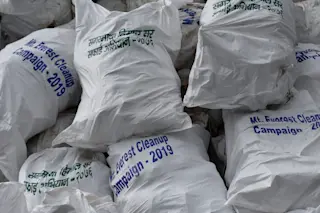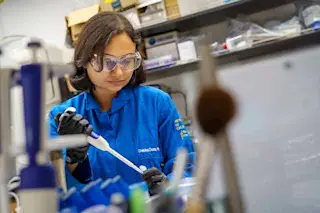“There is no place called away.” It is a statement worthy of Gertrude Stein, but University of Washington atmospheric chemist Dan Jaffe says it with conviction: None of the contamination we pump into the air just disappears. It might get diluted, blended, or chemically transformed, but it has to go somewhere. And when it comes to pollutants produced by the booming economies of East Asia, that somewhere often means right here, the mainland of the United States.
Jaffe and a new breed of global air detectives are delivering a sobering message to policy makers everywhere: Carbon dioxide, the predominant driver of global warming, is not the only industrial by-product whose effects can be felt around the world. Prevailing winds across the Pacific are pushing thousands of tons of other contaminants—including mercury, sulfates, ozone, black carbon, and desert dust—over the ocean each year. Some of this atmospheric junk settles into the ...













